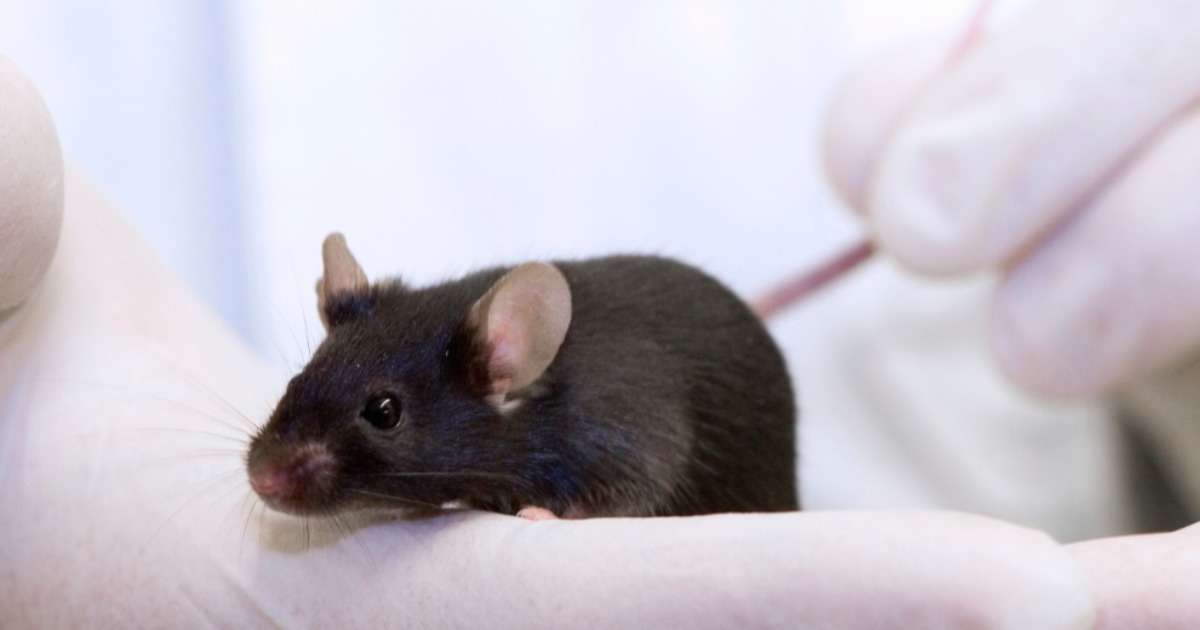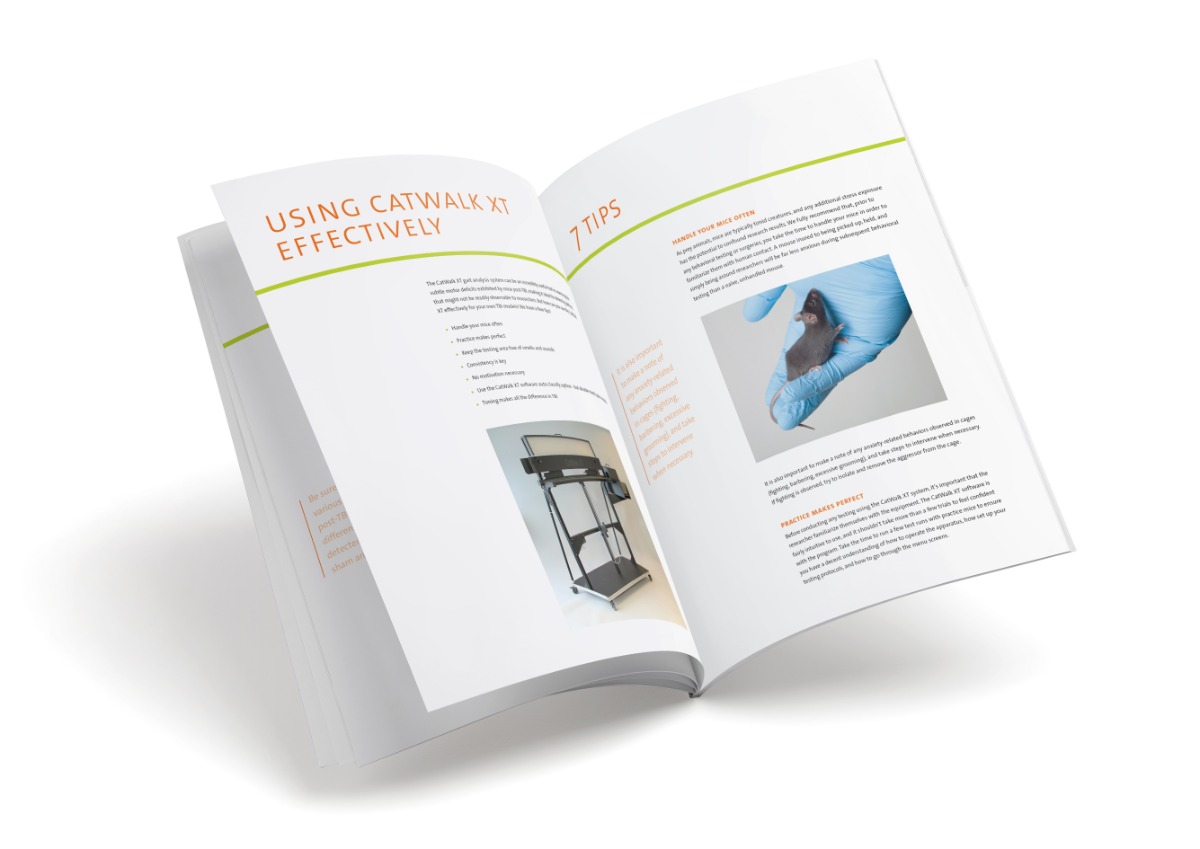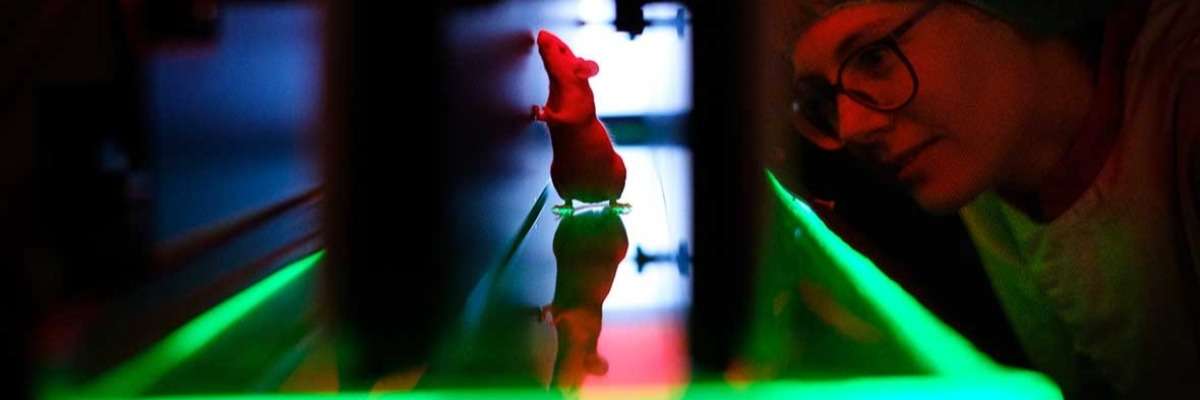
Automatic gait analysis: Cracking the code
Every year many researchers switch from traditional paw inking to an automated system for gait analysis. Automatic gait analysis like with Noldus’ CatWalk XT vastly improves reliability and efficiency of your research. However, using these automated methods is not always straightforward. You might be asking yourself questions like: What readouts do I use? How will my animal model and housing conditions influence my results? And perhaps many more.
In this blog we will be looking at a paper written by Ivanna Timotius together with, among others, CatWalk XT product manager Reinko Roelofs [1]. In this paper Timotius et al. performed a meta-analysis of studies that used CatWalk XT. They looked at the readouts of those studies and which parameters were significantly impacted by certain diseases. The aim was to use this information to help users choose the correct parameters for automated gait analysis in their disease model.

Uncovering gait parameters
For this meta-analysis the researchers analyzed 91 peer-reviewed studies that used gait analysis in mouse disease models. They assessed the parameters that were reported as results in these studies and whether they significantly increased, decreased, or were not significantly different when compared to control animals. Most of these studies were published recently (between 2017 and 2022) and older studies were only used if there was a lack of modern studies for a certain disease model. The researchers highlighted 6 commonly used disease models related to gait impairments, namely: Parkinson disease (PD), stroke, spinal cord injury (SCI), traumatic brain injury (TBI), severe neurological damage (SNI), and Ataxia.
What is CatWalk XT?
But before we continue, what is the CatWalk XT? And why is choosing the right parameters so important? CatWalk XT is an automated gait analysis system that can objectively detect footprints and body weight distribution in rodents. While an animal walks across a glass walkway, it is recorded from below. Green LED light is internally reflected inside this glass plate except when contact is made with the plate. This way only the actual footprints are distinguished and detected by the software.

Rodents in the CatWalk XT are trained to walk towards a goalbox at the end of the walkway to measure their natural (unforced) walking ability. This eliminates unnatural stressed behaviors and gives great insight into the walking ability of certain disease or injury models.
From this data many different parameters can be assessed like stride length, stand time, duty cycle, print area, and many more. Using an automated gait analysis system allows for the detection of subtle changes in gait that might not be observed by manual assessment. However, this is where confusion might arise. Having the option to measure more than 50 parameters doesn’t mean you should consider them all in your analysis, or that they will provide any valuable insight. Therefore, knowing which parameters to use, and determining them beforehand, is essential in correctly using an automated gait analysis system.
Which parameters should I use?
So, what were Timotius et al. able to conclude? Many papers had conflicting results when analyzing the same disease models. However, some results were more consistent. For example, PD mouse models had an increased stand time and decreased swing speed, when compared to control mice. This was also the case for SCI mice, which also had a significantly different regularity index (the exclusive use of a normal step sequence patterns during uninterrupted locomotion). Differences in stride length and changes in hind paw base of support shows that parameters related to compensatory mechanisms to restore balance are very useful for ataxia models.
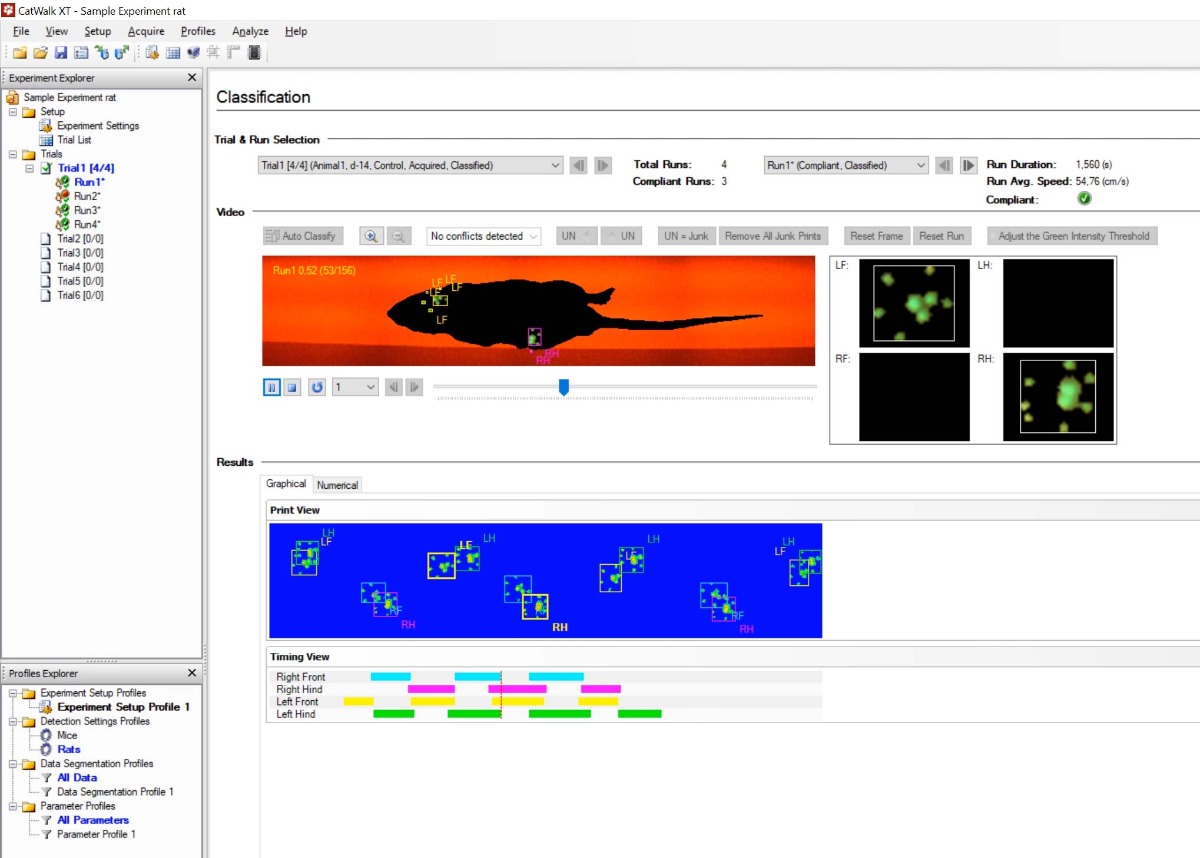
Run speed, maximum contact area and swing speed were all significantly decreased in stroke mice. In SNI mice the intermediate and average toe spread was significantly decreased or increased, which could be because of the different mouse models used. Lastly, phase dispersion and the mean of max intensity were different for mice with TBI.
Interestingly, the less site specific the disease is (like stroke and TBI), the more parameters were significantly changed by the injury. This is likely because of the large and varied effect these parameters have on the brain, which causes more symptoms to develop.
Moving forward
So, how do we move forward with these conclusions? It is important for researchers to consider the correct parameters for their model as highlighted above. Furthermore, it is essential that researchers consider how certain environmental or genetic factors have an influence on gait variables such as housing, handling, disease model and many other factors.
This doesn’t mean that everything can or should be perfectly standardized. If certain results are truly robust, it will be less influenced by external factors. However, it is crucial to state that reporting on these factors is still needed for a complete understanding of why certain results might deviate from other studies.
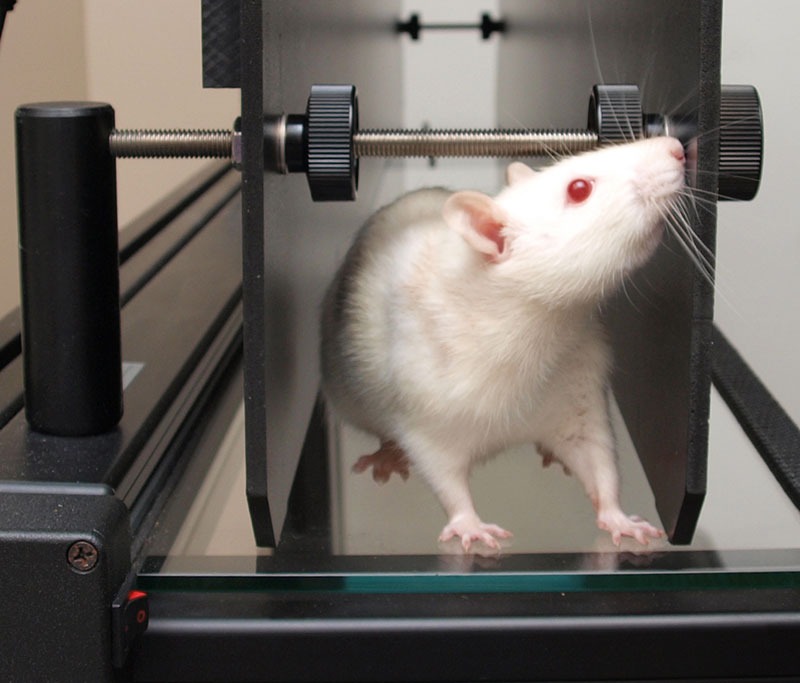
In conclusion the study by Timotius et al. recognizes the inherent biases and limitations in their approach due to reliance on published data. They do also emphasize the need for comprehensive and detailed reporting in gait studies, which will significantly enhance the reliability and relevance of gait analysis tools such as the CatWalk XT, while in turn increasing the understanding of CNS and PNS damage models.

References
1. Timotius, I.K.; Roelofs, R.F.; Richmond-Hacham, B.; Noldus, L.P.; von Hörsten, S.; Bikovski, L. CatWalk XT Gait Parameters: A Review of Reported Parameters in Pre-Clinical Studies of Multiple Central Nervous System and Peripheral Nervous System Disease Models. Front. Behav. Neurosci. 2023, 17, 1147784.
Get the latest blog posts delivered to your inbox - every 15th of the month
more
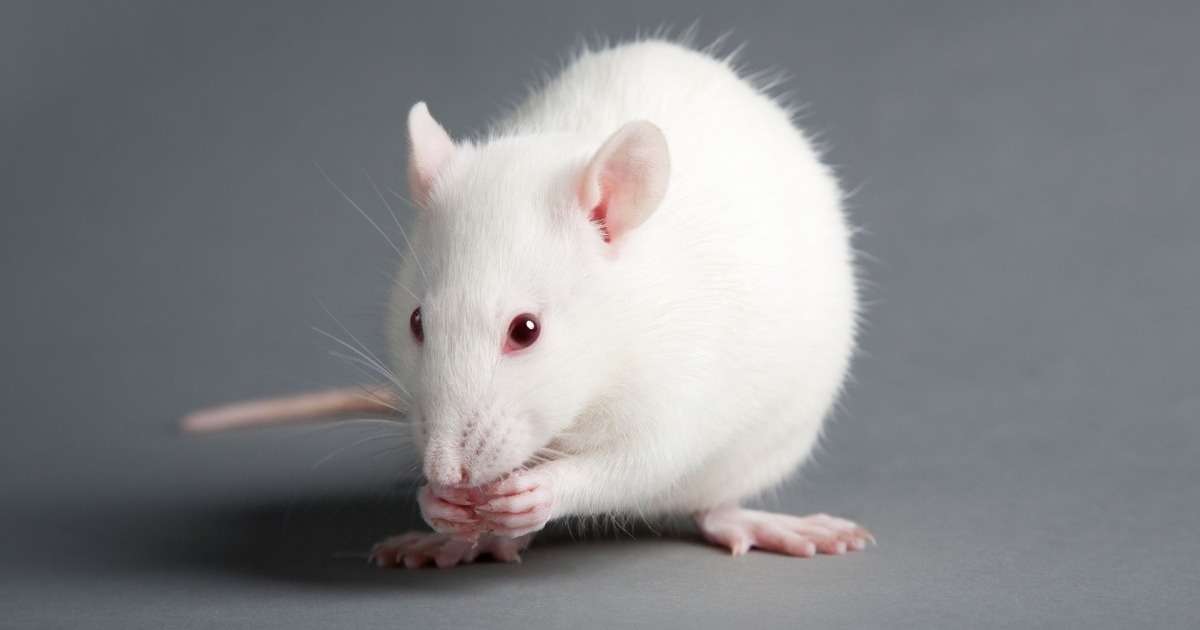
Extracellular vesicles from umbilical cords improve traumatic spinal cord injury
Spinal cord injury is crippling and hard to treat. Secondary injury caused by inflammation and scarring significantly impact motor function and locomotion. Extracellular vesicles can improve recovery.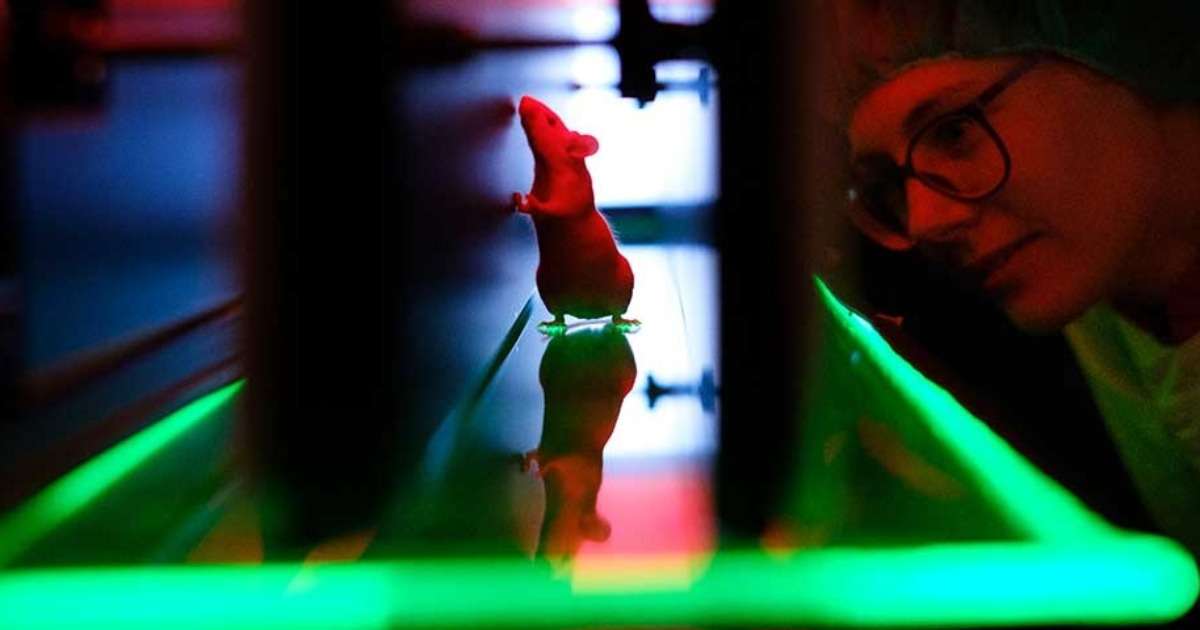
Quantifying locomotion in rats using CatWalk XT
Gait analysis is a powerful tool in evaluating behavioral and physiological changes in clinical and pre-clinical rodent models.